Transport yourself to the captivating world of food shopping in the 1960s, a time when supermarkets were evolving at an astounding pace in the United States.
This collection shows captivating photographs that capture the essence of grocery stores from days gone by: Kroger, Winn-Dixie, A&P, Safeway, Big Bear, Lucky, Food Giant, Fazio’s, Gamble-Skogmo, Food Fair, etc.
From the moment you stepped through the store entrances to the final checkout experience, these images offer a delightful journey into the past.
The post-World War II economic boom brought about increased disposable income for many families, enabling them to embrace a more modern, convenient lifestyle.
As a result, supermarkets flourished, becoming not just places to purchase provisions but also integral parts of American communities.
From the exterior facades of these supermarkets, designed to be both inviting and memorable, to the checkout counters, where shoppers interacted with friendly cashiers, each aspect of the grocery shopping experience was carefully crafted to cater to the needs and desires of the time.
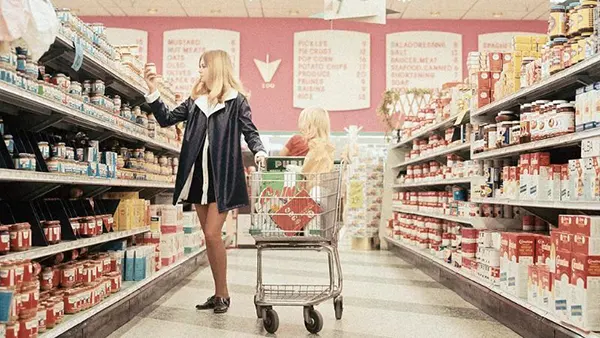 One of the defining features of 1960s supermarkets was their emphasis on convenience. These stores offered a novel concept: one-stop shopping.
One of the defining features of 1960s supermarkets was their emphasis on convenience. These stores offered a novel concept: one-stop shopping.
Customers could find not only groceries but also a wide range of household items and even clothing under one roof.
Store layouts were redesigned to be more customer-friendly, with well-organized aisles and attractive displays. Shopping became a more efficient and pleasant experience.
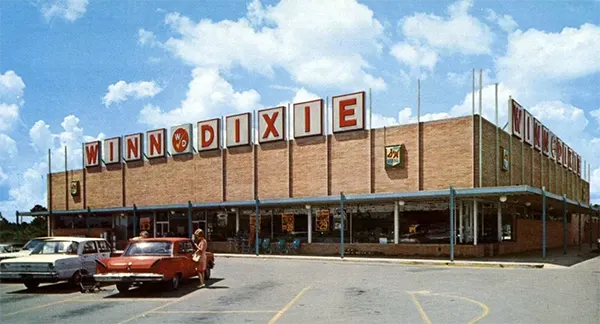
Winn-Dixie grocery storefront in 1966.
This decade introduced technological innovations to the grocery industry. Barcode scanning systems were introduced, making inventory management more efficient.
Electronic cash registers became more common, streamlining the checkout process and reducing waiting times for customers.
Competition among supermarket chains was fierce during the 1960s. National chains such as A&P, Safeway, and Kroger competed vigorously for market share.
At the same time, regional and local chains thrived. This competitive landscape led to mergers and acquisitions as larger chains sought to expand their reach and dominate the market.
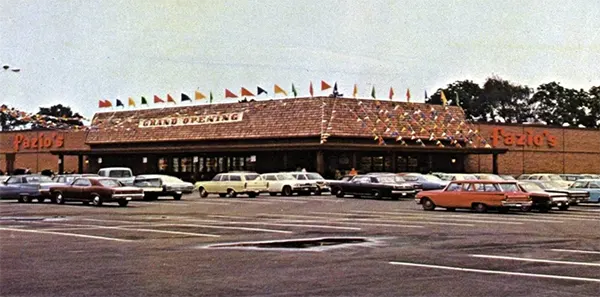
Fazio’s store in 1960s.

Canned foods aisles and special displays.

A Pepsi refrigerator display from 1966.
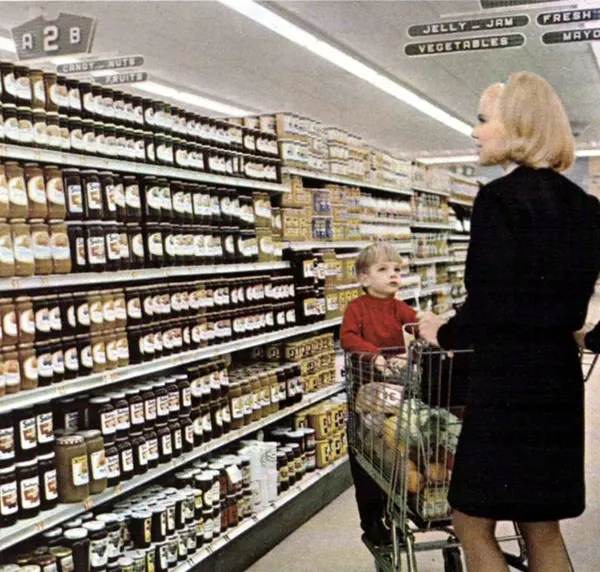
A&P grocery store in 1967.

Food Fair grocery store, 1967.

Food Giant grocery store, 1963.
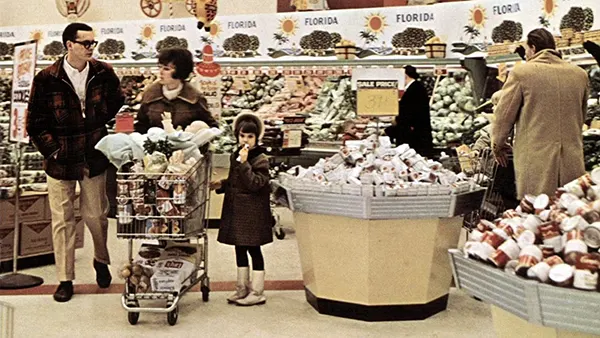
Gamble-Skogmo grocery store, 1967.

Dr Pepper supermarket display, 1969.

Quaker Cereals at the supermarket, 1960s.

Kroger grocery store, 1968.

Kroger grocery store, 1960s.
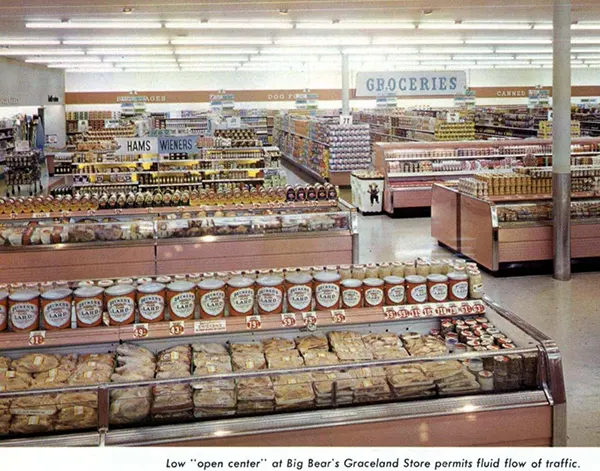
Old Big Bear supermarket, 1960.
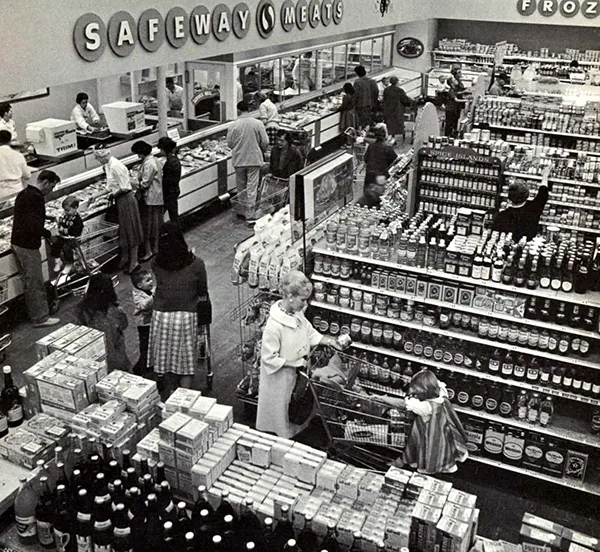
Safeway grocery store, 1961.
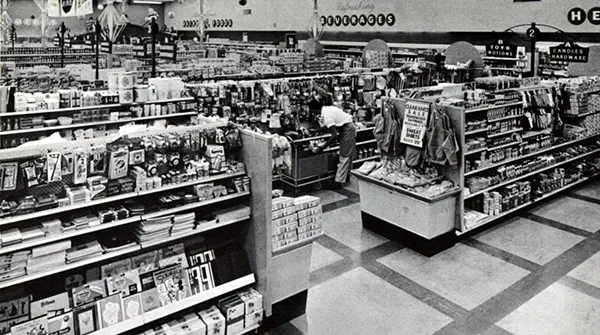
Safeway grocery store.

Safeway produce departments, 1960s.
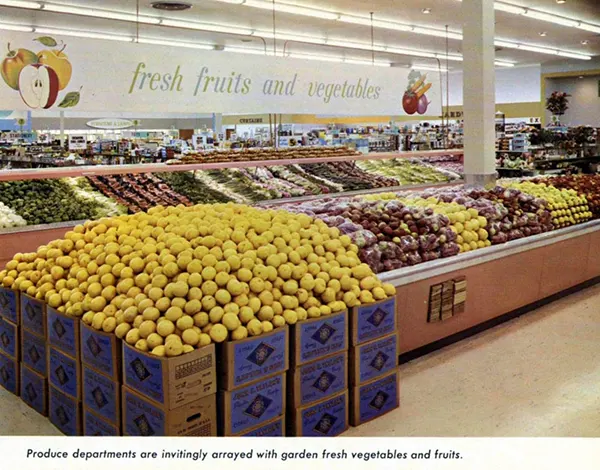
Old Winn-Dixie grocery store, 1963.

Old Winn-Dixie grocery store, 1960s.
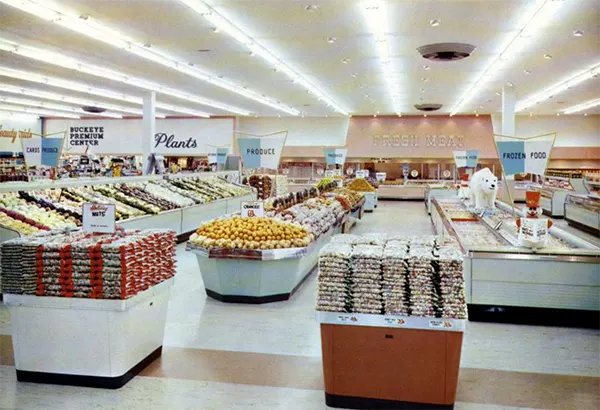

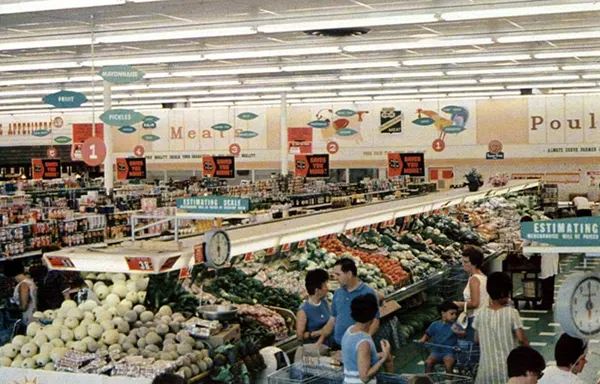

Fisher Foods meat department, 1967.
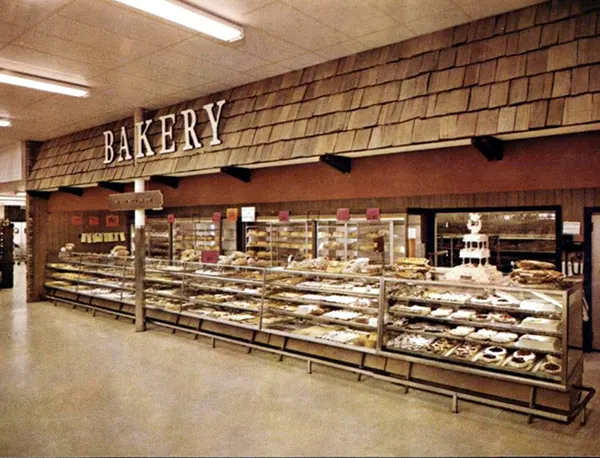
Fisher Foods bakery department, 1967.
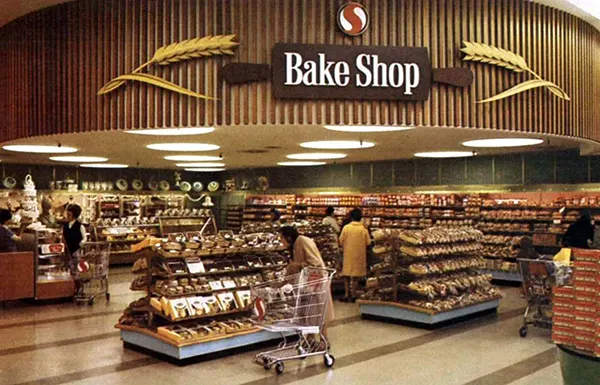
Safeway Bake Shops, 1968.

Cashier at the checkout of a grocery store, 1960.

Big Bear supermarket scene, 1961.

Safeway store staff and checkout lanes in 1960.

A&P: Automatic cart unloading, 1967.

Busy checkouts with long lines during the holidays.

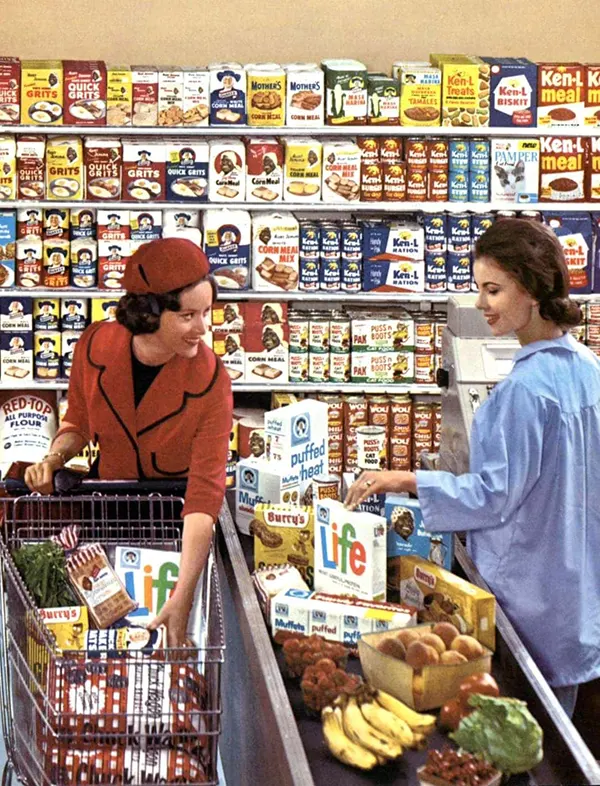
Quaker products at a store checkout.



(Photo credit: Pinterest / Flickr / Wikimedia Commons).



